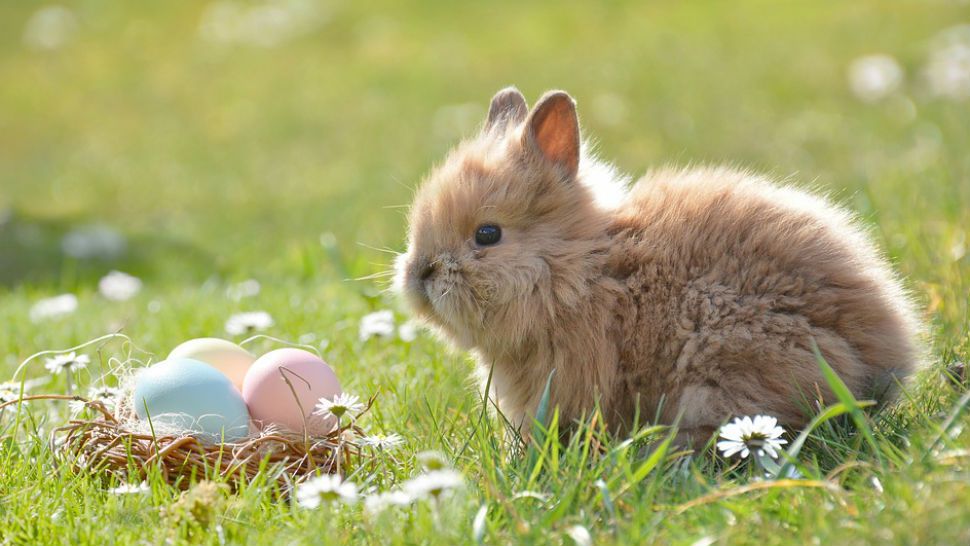WORLDWIDE — It’s Easter Sunday, and we couldn’t help but wonder why, how and when did a bunny and eggs become synonymous with the holy celebration?
While it’s not entirely known, the first mention appears in 15th century German literature according to Discovery, the bunny has its roots in pre-13th century pagan traditions.
"Bunnies, eggs, Easter gifts and fluffy, yellow chicks in gardening hats all stem from pagan roots. They were incorporated into the celebration of Easter separately from the Christian tradition of honoring the day Jesus Christ rose from the dead,” Discovery says.
Rabbits were associated with the Teutonic deity Eostra, the goddess of spring and fertility, for their especially high reproduction rate. Eggs, and especially their hatching, are another symbol of spring with roots in pagan tradition, according to History.com.
Spring pagan traditions and the Christian resurrection melded together when Roman Catholicism became the dominant religion in the region around the 15th century, according to Discovery. As a result, the Easter Bunny tradition in America takes its roots in the German settlers of Pennsylvania
According to sources, the Easter bunny first arrived in America in the 1700s with German immigrants who settled in Pennsylvania and transported their tradition of an egg-laying hare called “Osterhase” or “Oschter Haws.” Their children made nests in which this creature could lay its colored eggs,” the article says.
In the same way that childrens left cookies for Santa, German children often left carrots out for the Easter bunny.



